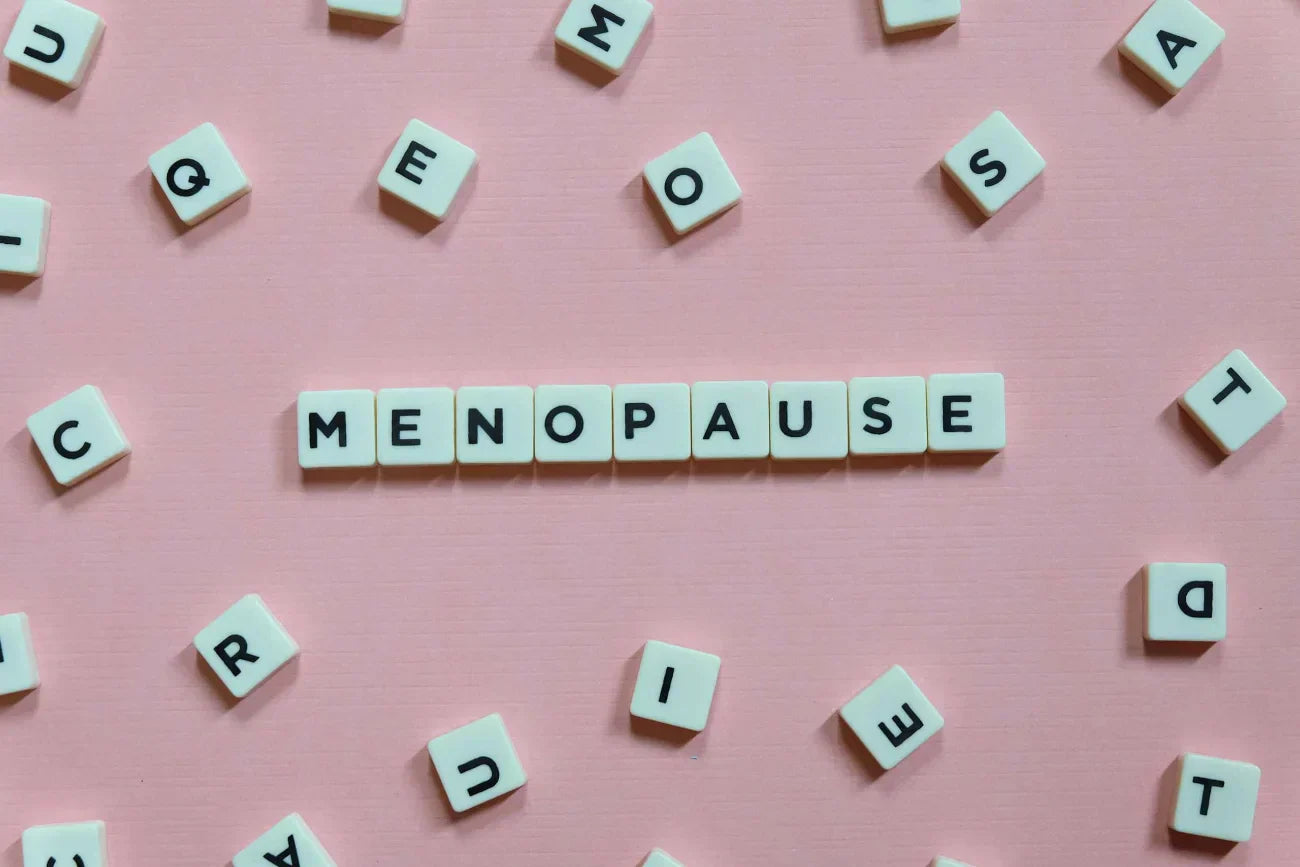Did you know that emotional lability is a common condition during menopause? If you are going through something like this, do not be afraid. We are here to reassure your doubts.
What is emotional lability during menopause?
Also known as mood disorders, this is a condition in which women experience many different emotions over a few hours. It can be anger, frustration, sadness, or even depression. It comes unpredictably and many people have a difficult time coming out of such a storm of emotions (Sarang, 2019). Emotional lability is different to other mental conditions such as bipolar disorder, that are not necessarily related to menopause.
What causes emotional lability?
During perimenopause there is a drop in the hormones that regulate the menstrual cycle: progesterone and oestrogen. The latter intervenes in many brain functions. As a result, its decrease causes:
- Memory loss.
- Trouble concentrating.
- Difficulty with problem solving.
- Mood swings.
These issues can often appear during a time in a woman’s life when many other changes are taking place. Such like changes in work life, declining health and the death of parents, marital issues, and children leaving the home (sometimes known as empty nest syndrome). Moreover, the overall menopause symptoms can contribute to a general feeling of less control. These include hot flushes, night sweats, and insomnia (Dorador y Orozco, 2018).

Most frequent mood swings during menopause
The most common symptoms are depression, anxiety, irritability, low self-esteem, nervous tendencies, and crying. Depression and anxiety are critical as they impact your overall quality of life.
Depression
Menopause-associated depression happens more frequently among people who have suffered it the past, with a family history of depression. However, during menopause it is between two and four times more likely for it to appear for the first time. Chronic depression symptoms can also worsen during menopause (Távara, 2021). These can include:
- Fatigue.
- Tendency to cry easily.
- A feeling of pointlessness and of not having structured projects.
- Melancholy.
- Discouragement.
- Sadness.
- Disappointment.
- A lack of motivation.
- Anger.
- Frustration.
Anxiety
Everyone experiences anxiety from time to time. However, if this develops into an issue where reactions are overblown, constant, or when it happens even if there is no real threat at hand. Anxiety can interfere with analysis skills and how people function day to day (Hantsoo y Epperson, 2017).
Complications of mood disorders
Mood disorders impact the quality of people’s lives and their family environment. By itself, depression affects the way we relate to other people, sexual relations, and self-esteem. In more serious cases, it can lead to suicidal thoughts. Likewise, anxiety can cause social isolation (Távara, 2021).
Actions that contribute to improving emotional lability
- Hormone replacement therapy, where your physician prescribes controlled doses of progesterone and oestrogen.
- Taking certain antidepressants. None of this medication should be taken without professional guidance.
- Doing cardiovascular exercise. Thirty minutes of aerobic exercise four times a week is most recommended.
- Strength conditioning according to each person’s needs and capacity.
- Alternative therapies, natural medicine, acupuncture, hypnosis, yoga, massages, aromatherapy, and relaxation techniques.
- Healthy lifestyle habits.
Emotional lability affects the quality of life for many women during menopause. Although it is a common symptom, this does not mean it is normal. So, if you think you are experiencing one of these issues, do not hesitate to see a specialist about it. Remember: mental health is just as important as taking care of your physical health.
References
- Dorador, M., & Orozco, G. (2018). Síntomas Psicológicos en la Transición Menopáusica. Revista Chilena de Obstetricia y Ginecología, 83(3), 228–239. https://doi.org/10.4067/s0717-75262018000300228
- Górecka, K., & Krzyżanowska, M. (2022). Prevalence of menopausal hormone therapy and alternative methods, health benefits experienced by peri- and postmenopausal Polish women. Menopausal Review, 21(1), 27–36. https://doi.org/10.5114/pm.2022.113731
- Gordon, J.L., Rubinow, D.R., Eisenlohr-Moul, T.A., Xia, K., Schmidt, P.J., & Girdler, S.S. (2018). Efficacy of Transdermal Estradiol and Micronized Progesterone in the Prevention of Depressive Symptoms in the Menopause Transition. JAMA Psychiatry, 75(2), 149. https://doi.org/10.1001/jamapsychiatry.2017.3998
- Hantsoo, L., & Epperson, C. (2017). Anxiety Disorders Among Women: A Female Lifespan Approach. Focus: Journal of Life Long Learning in Psychiatry, 15(2), 162–172. https://doi.org/10.1176/appi.focus.20160042
- Molina, J., Marín, A., Vargas, N., Rojas, S., Lopera, J., Cardona, J., Rodríguez, L., Jaramillo, L., Martínez, L., Rodríguez, M., & Hormaza, M. (2017). Características clínicas de mujeres menopáusicas de una clínica privada de la ciudad de Medellín, Colombia. Ginecología y obstetricia de México, 85(4), 234-240. http://www.scielo.org.mx/scielo.php?script=sci_arttext&pid=S0300-90412017000400004&lng=es&tlng=es.
- Sarang, N. (2019). Life of women during menopause; Can physical exercise give relief? International Journal of Physical Education, Sports and Health, 6(3), 23–26. https://www.kheljournal.com/archives/?year=2019&vol=6&issue=3&part=A&ArticleId=1462
- Távara, M. (2021). Tipo de depresión durante el climaterio. REDIELUZ, 11(2), 107–113. https://www.produccioncientificaluz.org/index.php/redieluz/article/view/37608/41273
You May Also Like

JOIN US AND GET 10% OFF
Sign up to our newsletter to access free resources, advice and support.















